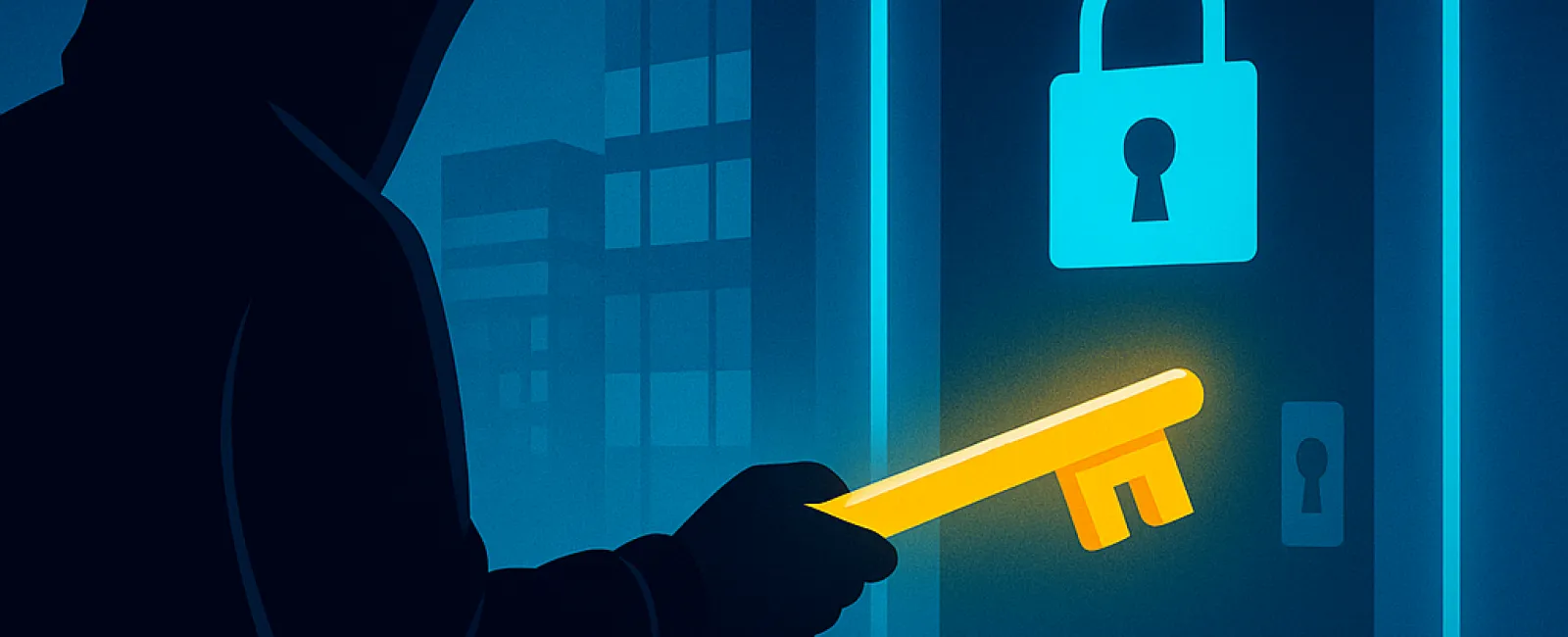August 04, 2025
Cybercriminals have evolved their tactics for targeting small businesses. Instead of forcing entry, they quietly slip in using stolen credentials—your login details.
This method, known as an identity-based attack, is now the leading technique hackers use to breach systems. They steal passwords, deceive employees with counterfeit emails, or bombard users with login attempts until someone unknowingly grants access. Sadly, this approach is proving highly effective.
According to recent cybersecurity reports, 67% of significant security breaches in 2024 stem from compromised login credentials. Major corporations like MGM and Caesars experienced such attacks the year prior—if they're vulnerable, smaller businesses are at risk too.
How Do Hackers Gain Access?
Many attacks begin with something as simple as a stolen password. However, the methods hackers use are becoming increasingly sophisticated:
· Phishing emails and fake login pages trick employees into revealing their information.
· SIM swapping enables hackers to intercept text messages used for two-factor authentication (2FA).
· MFA fatigue attacks overwhelm your device with login requests until someone inadvertently clicks "Approve."
Attackers also exploit personal devices of employees or external vendors, such as help desks or call centers, to find vulnerabilities.
Effective Strategies to Safeguard Your Business
The good news is protecting your company doesn't require advanced technical skills. Implementing a few key measures can significantly strengthen your defenses:
1. Enable Multifactor Authentication (MFA)
Add an extra layer of security during login. Opt for app-based or hardware security key MFA, which are far more secure than SMS-based codes.
2. Educate Your Team
Ensure your employees can identify phishing attempts and suspicious activities. A well-informed team is your first line of defense.
3. Restrict Access Privileges
Limit employee access strictly to what they need. This containment minimizes damage if a hacker gains entry.
4. Adopt Strong Password Practices or Passwordless Solutions
Encourage use of password managers or advanced authentication methods like fingerprint recognition or security keys that eliminate reliance on passwords.
In Summary
Hackers relentlessly pursue your login credentials, innovating their attack methods constantly. Staying protected doesn't mean going it alone.
We're here to help you implement the right security measures to keep your business safe without complicating your team's workflow.
Wondering if your business is at risk? Click here or give us a call at 316-867-4566 to book your 15-Minute Discovery Call.





